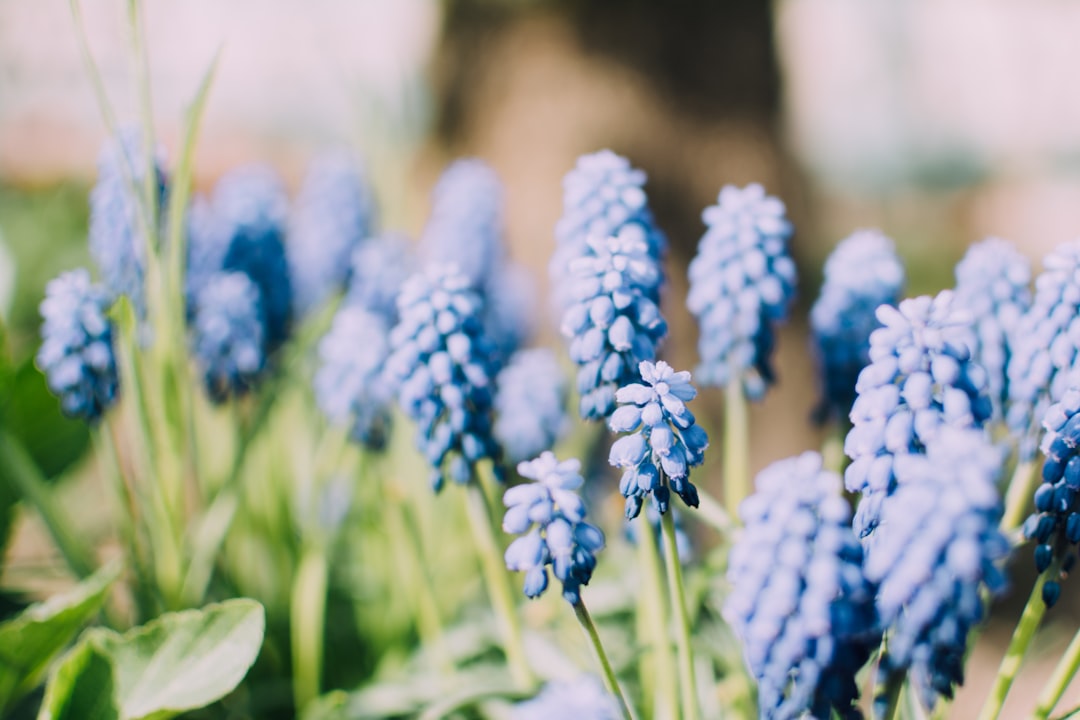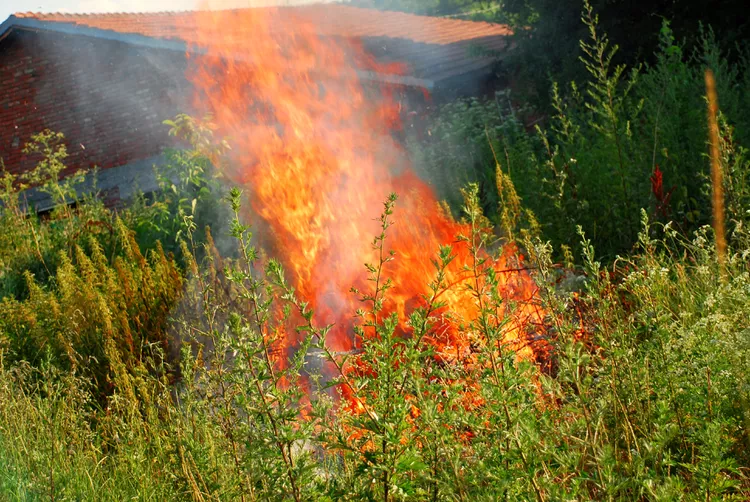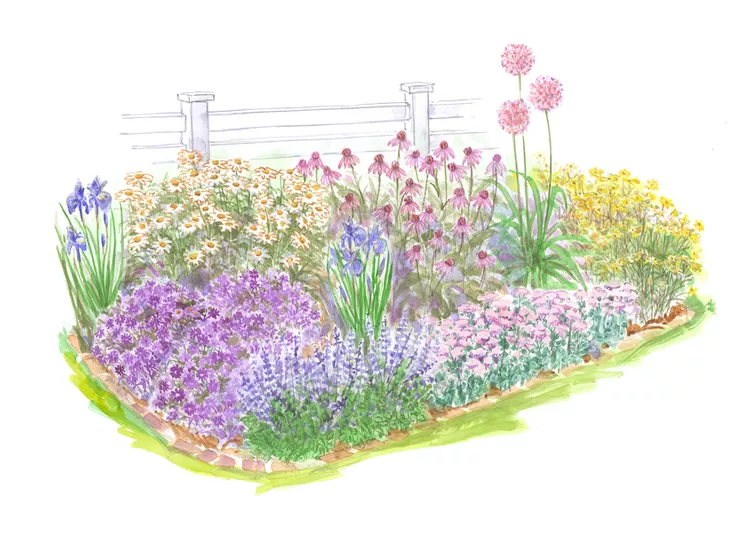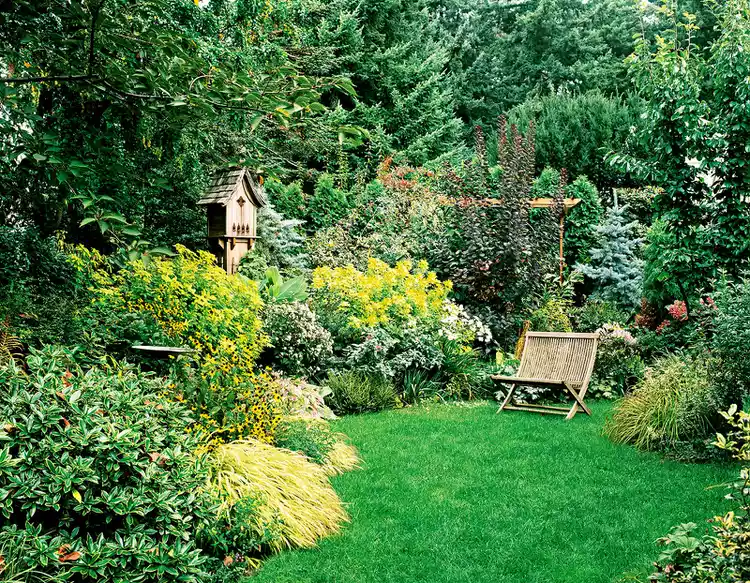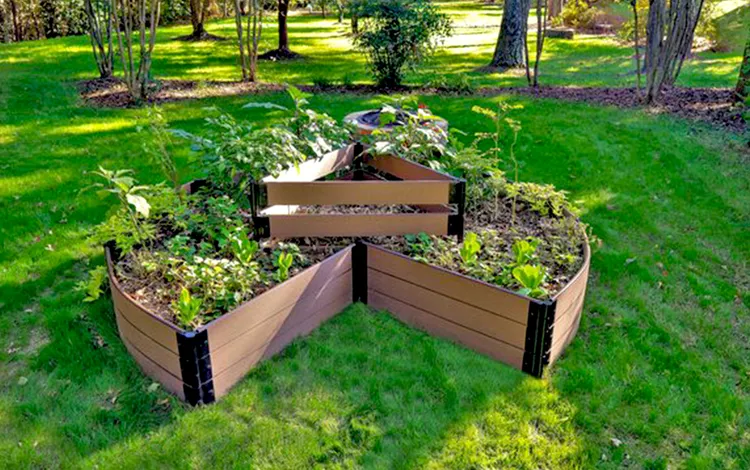In the realm of gardening, few names carry as much weight as Brian Minter, a renowned Canadian designer whose expertise has transformed countless outdoor spaces into breathtaking havens. His insights into garden design and styles are not only valuable but also offer a wealth of inspiration for both novice and experienced gardeners alike.
One of the key aspects of Brian Minter's approach to garden design is the understanding of different garden styles. There are various styles to choose from, each with its own unique characteristics and charm. For instance, the English cottage garden style is known for its romantic and informal layout, filled with a riot of colorful flowers, herbs, and shrubs. It often features winding paths, cozy seating areas, and a sense of abundance and chaos that is both inviting and enchanting.
 In contrast, the Japanese garden style emphasizes simplicity, harmony, and a deep connection with nature. It typically includes elements such as water features, rocks, gravel, and carefully pruned trees and shrubs. The goal is to create a peaceful and meditative space that allows one to escape the hustle and bustle of daily life and find tranquility in the beauty of nature.
In contrast, the Japanese garden style emphasizes simplicity, harmony, and a deep connection with nature. It typically includes elements such as water features, rocks, gravel, and carefully pruned trees and shrubs. The goal is to create a peaceful and meditative space that allows one to escape the hustle and bustle of daily life and find tranquility in the beauty of nature.
Another popular garden style is the Mediterranean garden, which is characterized by its use of drought - tolerant plants, such as olive trees, lavender, and rosemary. This style often incorporates terracotta pots, stone pathways, and open - air seating areas, creating a warm and inviting atmosphere that is perfect for entertaining and relaxing.
When it comes to designing a garden, Brian Minter emphasizes the importance of starting with a plan. A well - thought - out plan takes into account the size and shape of the garden, the existing landscape features, and the intended use of the space. It also considers the climate and soil conditions of the area, as these factors will greatly influence the choice of plants.
For example, if you live in a region with a cold climate, you'll need to select plants that are hardy and can withstand freezing temperatures. On the other hand, if you're in a hot and dry area, you'll want to focus on drought - resistant plants that can thrive with minimal watering.
One of the first steps in the planning process is to define the different zones in your garden. These zones can include areas for dining, lounging, growing vegetables, or simply enjoying the beauty of the plants. By clearly defining these zones, you can create a more functional and organized garden.
Once you have a plan in place, it's time to choose the right plants. Brian Minter recommends selecting a variety of plants that bloom at different times of the year to ensure that your garden has color and interest throughout the seasons. For example, you can plant early - blooming bulbs in the spring, followed by annuals and perennials in the summer, and then finish with fall - blooming plants.
 In addition to choosing the right plants, proper maintenance is also crucial for a successful garden. This includes regular watering, pruning, fertilizing, and pest control. Brian Minter suggests using organic methods whenever possible to minimize the use of chemicals and protect the environment.
In addition to choosing the right plants, proper maintenance is also crucial for a successful garden. This includes regular watering, pruning, fertilizing, and pest control. Brian Minter suggests using organic methods whenever possible to minimize the use of chemicals and protect the environment.
Watering is one of the most important aspects of garden maintenance. It's essential to water your plants deeply and infrequently rather than giving them a light sprinkle every day. This encourages the roots to grow deeper into the soil, making the plants more resilient and better able to withstand drought conditions.
Pruning is another important task that helps to keep your plants healthy and looking their best. It involves removing dead or damaged branches, shaping the plants, and promoting new growth. Different plants require different pruning techniques, so it's important to do your research and learn how to prune each type of plant correctly.
Fertilizing is also necessary to provide your plants with the nutrients they need to grow and thrive. You can use organic fertilizers, such as compost or manure, or chemical fertilizers, depending on your preference. However, it's important not to over - fertilize, as this can lead to excessive growth and may even damage the plants.
Pest control is a constant challenge in the garden. Brian Minter recommends using natural methods, such as introducing beneficial insects or using companion planting, to control pests. For example, planting marigolds near your vegetables can help to repel nematodes, while attracting ladybugs can help to control aphids.
In conclusion, following the garden design tips from Brian Minter can help you create a beautiful and functional garden that you'll enjoy for years to come. Whether you prefer a traditional English cottage garden, a serene Japanese garden, or a vibrant Mediterranean garden, with the right planning, plant selection, and maintenance, you can transform your outdoor space into a true oasis.






